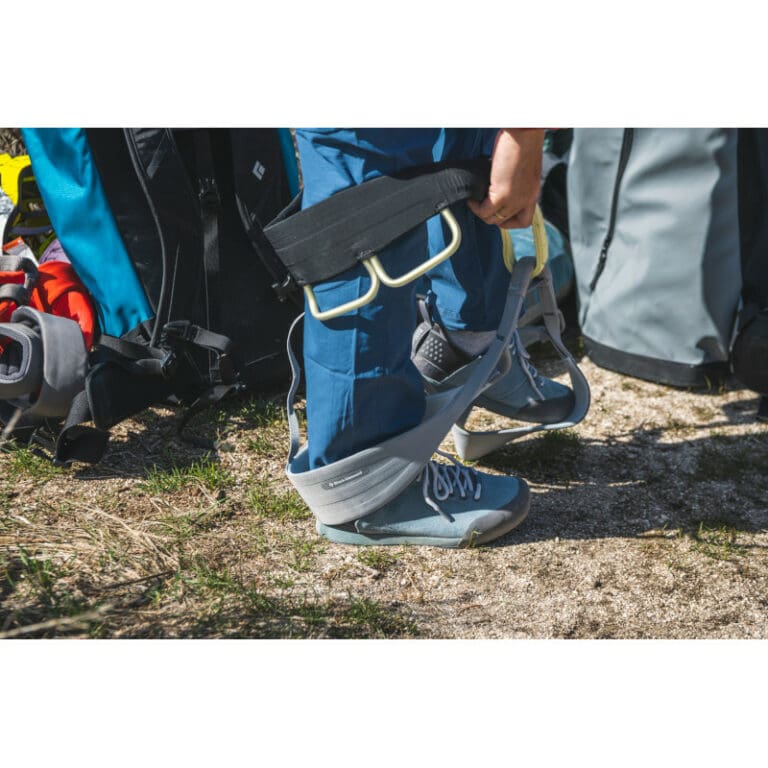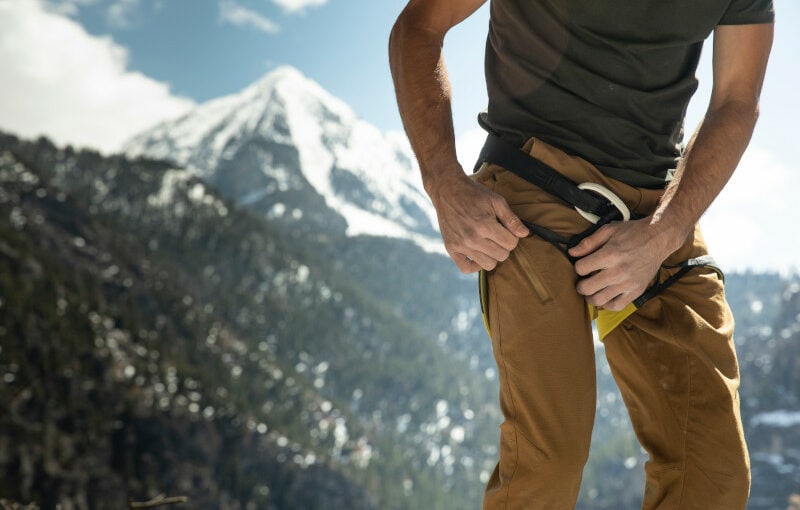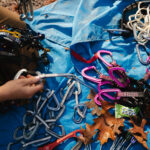Your climbing harness is one of the most important pieces of safety equipment you own. It’s responsible for keeping you safe in the event of a fall, so it’s crucial that it’s in good condition.
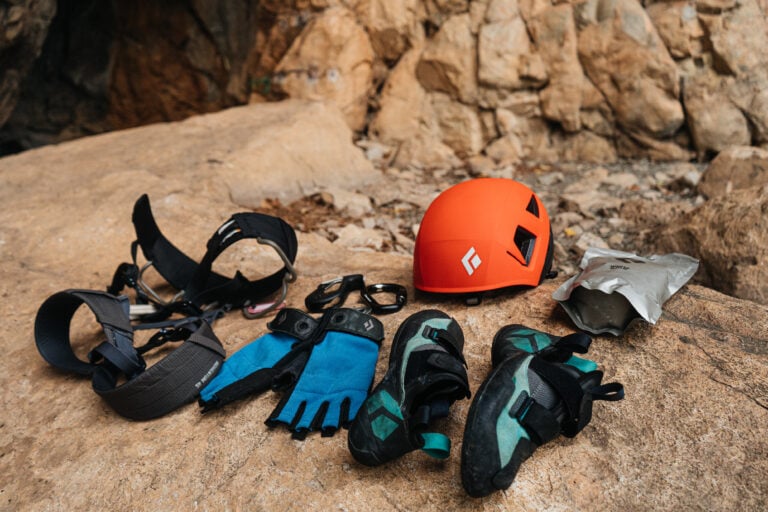
But how often should you change your harness? There’s no one-size-fits-all answer, as it depends on a number of factors, including how often you use your harness, what type of climbing you do, and the environment in which you climb.
Here are some general guidelines:
- If you use your harness every day, for guiding or for personal climbing, you should change it every two years, even if it still looks and feels good.
- If you climb regularly, but not every day, you can probably get away with changing your harness every three to five years.
- If you only climb occasionally, you may be able to wait even longer to change your harness, but it’s important to inspect it carefully each time before you use it.
No matter how often you use your harness, it’s important to inspect it regularly for signs of damage. Look for any cuts, tears, fraying, or corrosion. If you find any damage, you should change your harness immediately.
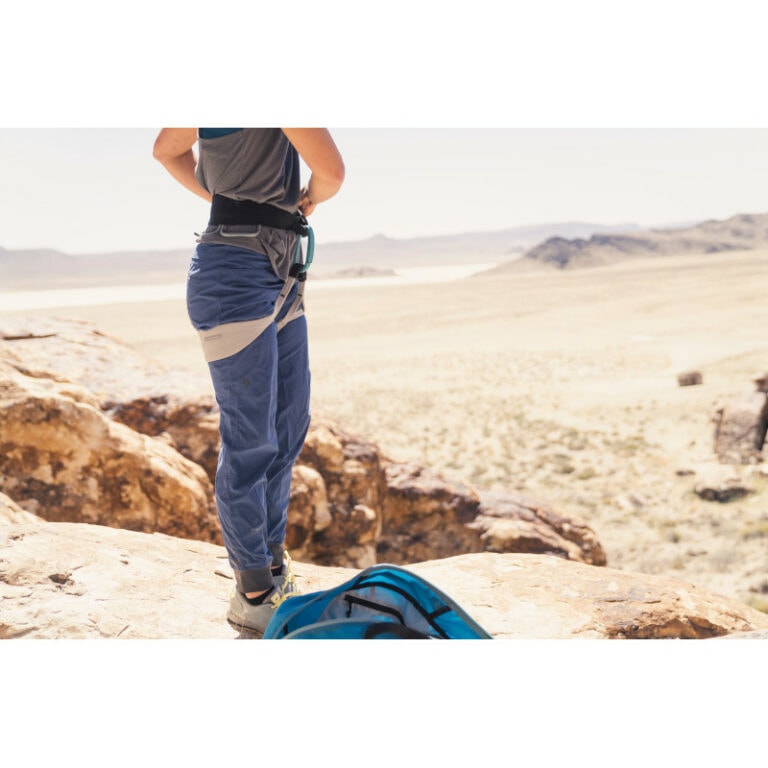
Here are some specific areas to inspect:
- Buckles: Check the buckles for any signs of wear and tear, such as cracks, or corrosion.
- Webbing: Inspect the webbing for any cuts, tears, or fraying. Pay particular attention to the belay loop and tie-in points, as these are the areas that receive the most wear and tear.
- Stitching: Check the stitching for any signs of unraveling or weakness.
If you’re unsure whether or not your harness is still safe, it’s always best to err on the side of caution and change it. After all, your safety is worth the investment.
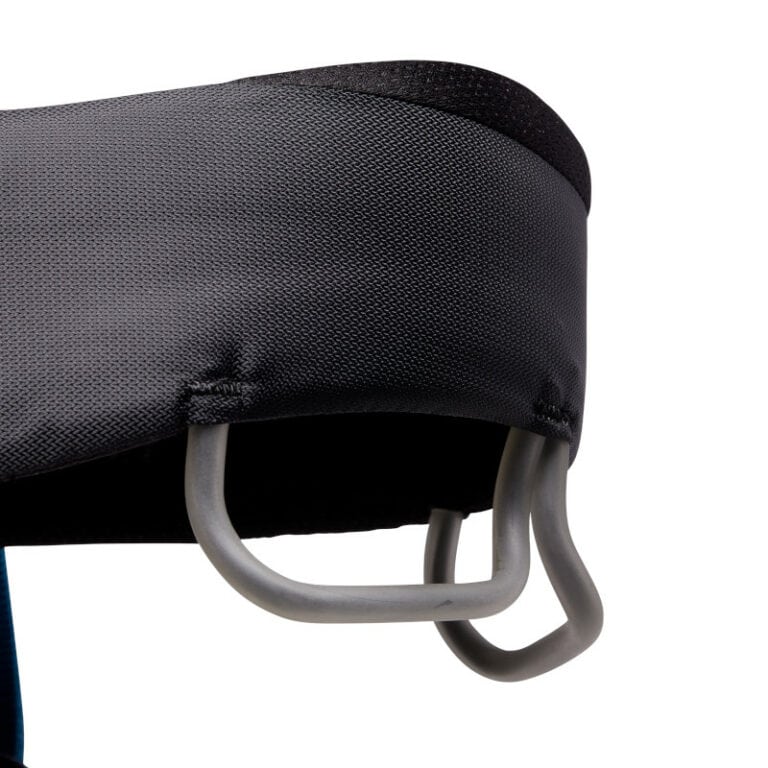
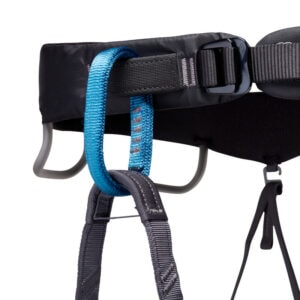
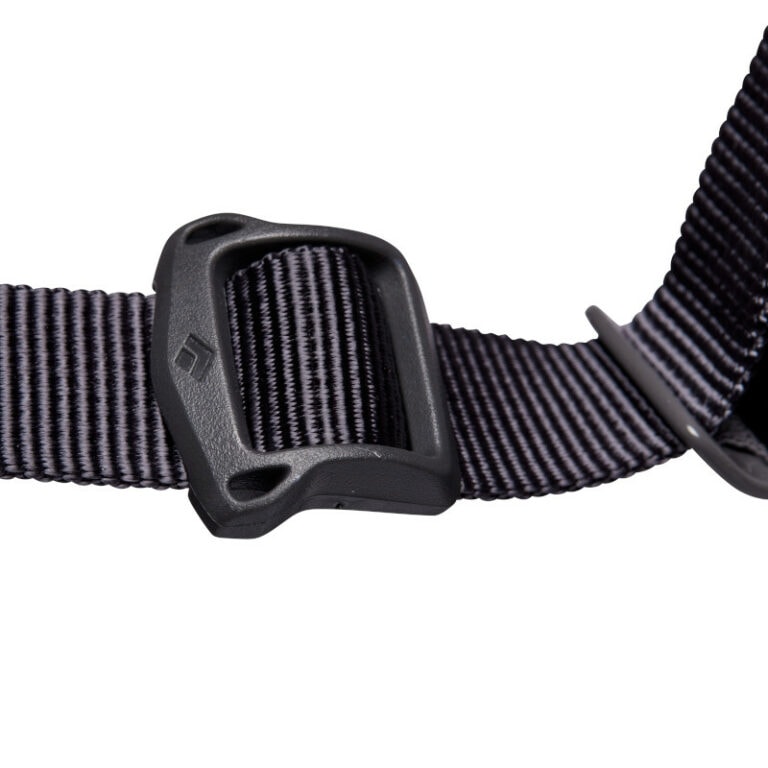
Here are some additional tips for extending the lifespan of your climbing harness:
- Store it properly: When you’re not using your harness, store it in a cool, dry place. Avoid exposing it to direct sunlight or extreme temperatures.
- Clean it regularly: After each climbing session, take some time to clean your harness. Remove any dirt or mud, and inspect it for any signs of damage.
- Be careful not to overload it: Avoid overloading your harness with too much gear. This can put unnecessary stress on the webbing and stitching.
